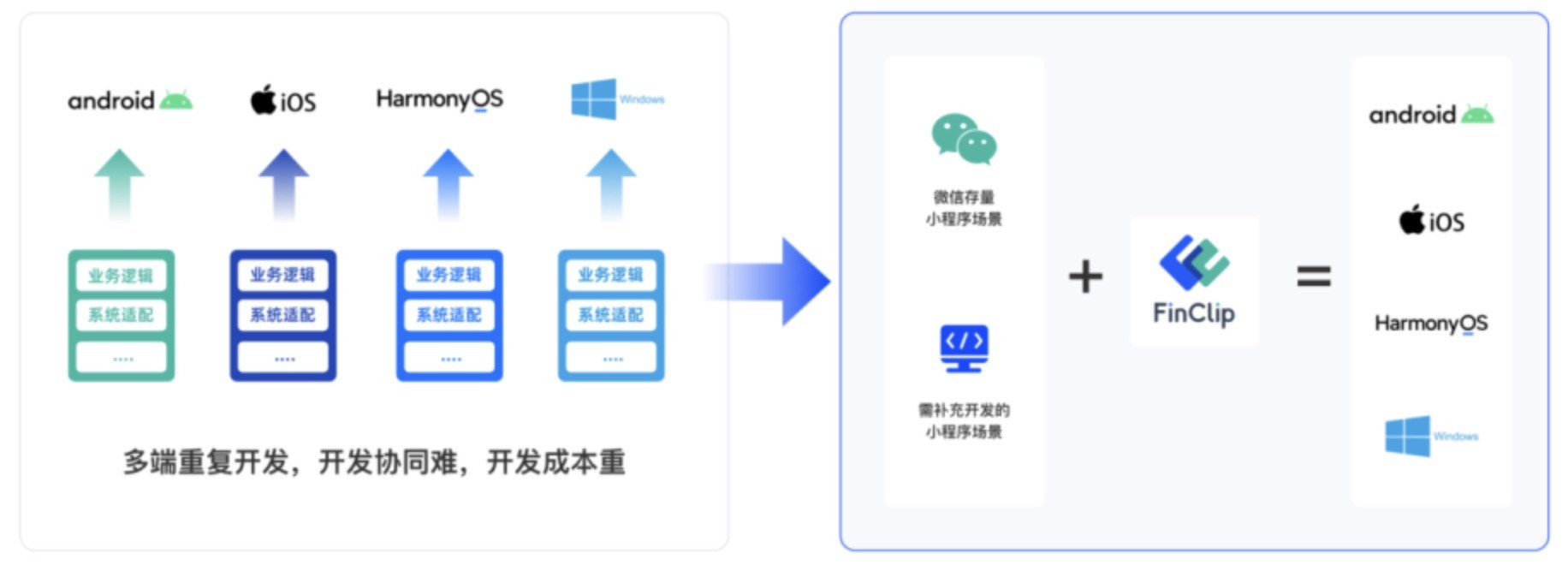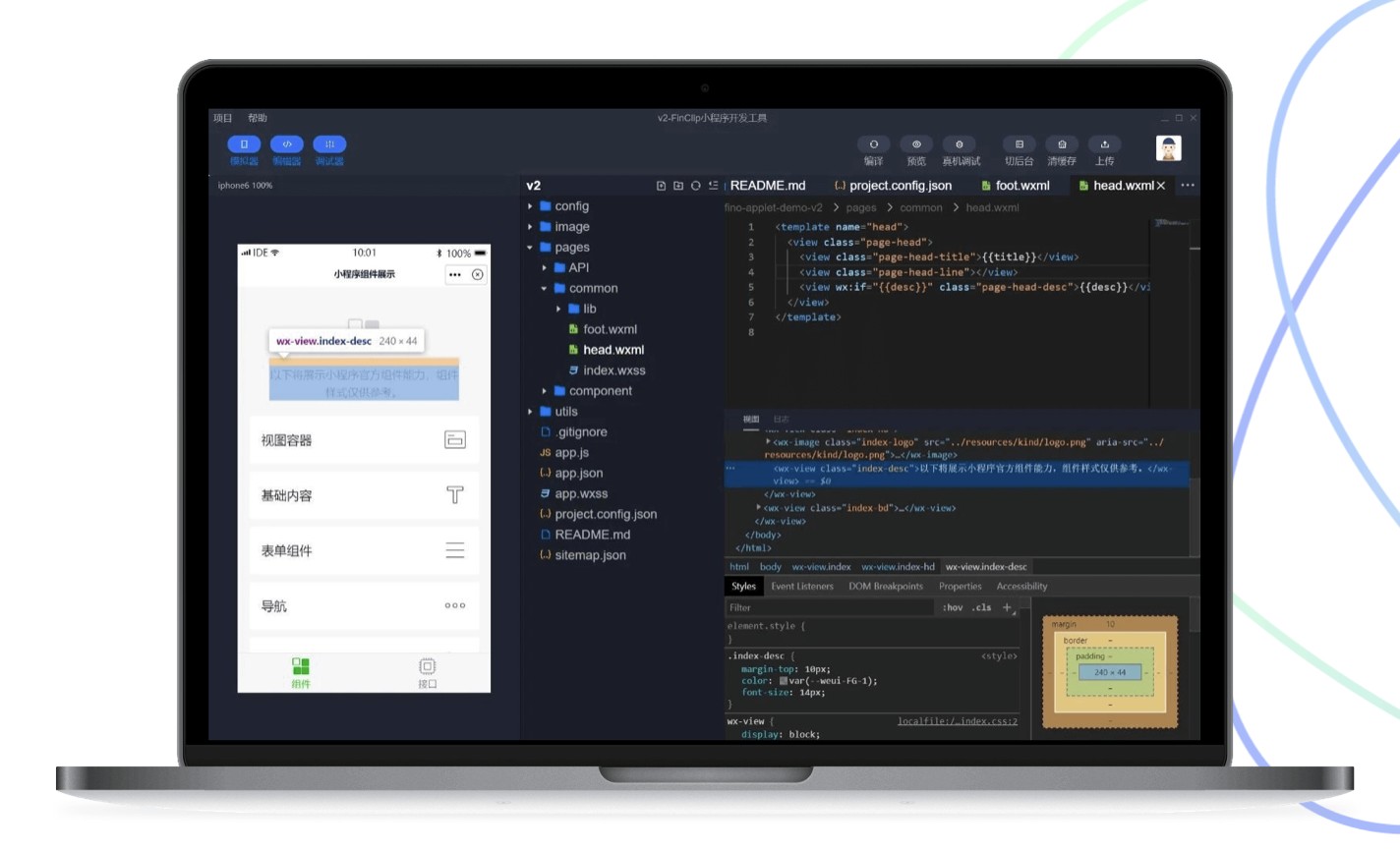
Dance:强大而直接,基于 UIViewPropertyAnimator 类的 iOS 动画框架封装库
Dance:强大而直接,基于 UIViewPropertyAnimator 类的 iOS 动画框架封装库

Installation • Usage • Debugging • Animatable Properties • License
Dance is a powerful and straightforward animation framework built upon the new UIViewPropertyAnimator class introduced in iOS 10. With Dance, creating an animation for a view is as easy as calling view.dance.animate { ... }, which can then be started, paused, reversed, scrubbed through, and finished anywhere that the view can be referenced. Dance is especially forgiving, and provides the power that UIViewPropertyAnimator brings to iOS while maintaining ease of use.
Quick Start
import Danceclass MyViewController: UIViewController { let circle = UIView() override func viewDidLoad() { super.viewDidLoad() circle.dance.animate(duration: 2.0, curve: .easeInOut) { $0.transform = CGAffineTransform(scaleX: 1.5, y: 1.5) $0.center = self.view.center $0.backgroundColor = .blue // ... see 'Animatable Properties' for more options }.addCompletion { _ in self.view.backgroundColor = .green }.start(after: 5.0) } func pauseAnimation() { circle.dance.pause() } }
With Dance, you can create referenceable animations attached to views. That means you can call:
.pause().start().reverse().setProgress(to:).finish(at:)
anywhere the view can be referenced.
Compatibility
Dance requires iOS 10+ and is compatible with Swift 3 projects.
Installation
Installation for CocoaPods:
platform :ios, '10.0'target 'ProjectName' douse_frameworks!pod 'Dance'end
Or drag and drop Dance.swift into your project.
And import Dance in the files you'd like to use it.
Usage
It's recommended to look through the example project—it has detailed documentation of everything Dance has to offer.
Note: throughout this document, circle will act as the view being animated. You can use Dance on any instance of a UIView or UIView subclass, such as UILabel, UITextField, UIButton, etc.
Using Dance is easy.
Create an animation for a view, and optionally add completion blocks. Start the animation. Pause, reverse, or scrub through the animation. Let the animation complete on its own or manually finish the animation early, triggering any completion blocks.
Creating an Animation
What properties can I animate?
UIKit timing curve
easeInOut (slow at beginning and end)easeIn (slow at beginning)easeOut (slow at end)linear
circle.dance.animate(duration: 2.0, curve: .easeInOut) { (make) in make.center = newCenter}
... alternatively:
circle.dance.animate(duration: 2.0, curve: .easeInOut) { $0.center = newCenter}
UITimingCurveProvider
let timingParameters = UISpringTimingParameters(mass: 1.0, stiffness: 0.2, damping: 0.5, initialVelocity: CGVector(dx: 0, dy: 5))circle.dance.animate(duration: 2.0, timingParameters: timingParameters) { $0.center = newCenter}
Custom Cubic Bézier Timing Curve
let controlPoint1 = CGPoint(x: 0, y: 1)let controlPoint2 = CGPoint(x: 1, y: 0) circle.dance.animate(duration: 2.0, controlPoint1: controlPoint1, controlPoint2: controlPoint2) { $0.center = newCenter}
https://developer.apple.com/videos/play/wwdc2016/216/
Spring-based Timing Information
circle.dance.animate(duration: 2.0, dampingRatio: 0.5) { $0.center = newCenter}
Starting an Animation
After creating an animation block using .animate { ... }, the animation doesn't start until you call .start().
circle.dance.start()
circle.dance.start(after: 5.0) // for a delay (in seconds) before starting the animation
Adding Completion Blocks
Add as many completion blocks as you need, wherever you need to. When an animation finishes, either by playing out the set animation or by calling .finish(at:), then all completion blocks are triggered.
circle.dance.addCompletion { (position) in switch position { case .start: print("Finished the animation at the start position.") case .current: print("Finished the animation at the current position.") case .end: print("Finished the animation at the end position.") }}
Note: you can't add a completion block to a finished animation.
Pausing an Animation
circle.dance.pause()
circle.dance.pause(after: 5.0) // for a delay (in seconds) before pausing the animation
Note: this won't render the view at the paused position, you must then also call .finish(at: .current) to do that.
Reversing an Animation
Calling this method will reverse the animation in its tracks, like playing a video backwards.
circle.dance.reverse()
circle.dance.isReversed = true
Note: the position value in the completion block will stay the same after calling .reverse(). For example, if a view's animation is reversed and the view ends up in its initial position, then the completion closure's position parameter will be .start, not .end.
Scrubbing Through an Animation
Dance animations are like movies—you can scrub through them using the .progress property.
circle.dance.setProgress(to: 0.5) // takes value 0-1
circle.dance.progress = 0.5
Finishing an Animation
Animations will automatically finish when they complete and reach their target values, triggering any completion blocks. However if you pause an animation and/or want to finish that animation early, you must call .finish(at:).
circle.dance.finish(at: .current) // or .start, .end
Dance Properties
circle.dance.hasAnimation: Bool { get }
circle.dance.progress: CGFloat { get, set }
circle.dance.isRunning: Bool { get }
circle.dance.isReversed: Bool { get, set }
For debugging purposes:
circle.dance.state: DanceAnimationState { get } // .inactive, .active
circle.dance.tag: Int { get }
What About Constraints?
Dance works great with constraints. To animate constraint changes:
// update constraints for circle and/or its subviews first// ...circle.dance.animate(duration: 2.0, curve: .easeInOut) { $0.layoutIfNeeded()}
Usually most developers would call self.view.layoutIfNeeded() in a standard UIView.animate() block. However this is bad practice as it lays out all subviews in the current view, when they may only want to animate constraint changes for certain views. With Dance, calling $0.layoutIfNeeded() only lays out the view that's being animated and its subviews, ensuring low energy impact and high FPS.
Function Chaining
Dance allows you to chain multiple animation commands together, resulting in an elegant and easy-to-read syntax. For example:
circle.dance.animate(duration: 2.0, curve: .easeInOut) { $0.transform = CGAffineTransform(scaleX: 1.5, y: 1.5) $0.center = self.view.center $0.backgroundColor = .blue}.addCompletion { (position) in if position == .end { print("Animation reached the target end position!") }}.start(after: 5.0)
circle.dance.pause().setProgress(to: 0.25)
print(circle.dance.pause().progress)
circle.dance.start().reverse()
Debugging
Dance is forgiving, meaning that it handles any mistakes that you might make without causing any runtime errors. If you do make a mistake, for example starting an animation that doesn't exist, then Dance will print the following error in the console:
** Dance Error: view with dance.tag =
Dance assigns each dance animation a dance tag, which you can access like so:
circle.dance.tag
This way you can keep track of you views' dance animations and easily handle any of Dance's error print logs.
Furthermore, you can get the state of a view's dance animation:
switch circle.dance.state {case .active: // A dance animation has been created for the view and has been started. // Note: a paused animation's state will return .activecase .inactive: // Either there is no dance animation associated with the view, or an animation exists but hasn't been started. // Note: a finished animation is inactive because the animation effectively ceases to exist after it finishes}
Animatable Properties
| UIView Property | Changes you can make |
|---|---|
| frame | Modify this property to change the view’s size and position relative to its superview’s coordinate system. (If the transform property does not contain the identity transform, modify the bounds or center properties instead.) |
| bounds | Modify this property to change the view’s size. |
| center | Modify this property to change the view’s position relative to its superview’s coordinate system. |
| transform | Modify this property to scale, rotate, or translate the view relative to its center point. Transformations using this property are always performed in 2D space. (To perform 3D transformations, you must animate the view’s layer object using Core Animation.) |
| alpha | Modify this property to gradually change the transparency of the view. |
| backgroundColor | Modify this property to change the view’s background color. |
| contentStretch | Modify this property to change the way the view’s contents are stretched to fill the available space. |
https://developer.apple.com/library/content/documentation/WindowsViews/Conceptual/ViewPG_iPhoneOS/AnimatingViews/AnimatingViews.html
Documentation
License
Dance uses the MIT license. Please file an issue if you have any questions or if you'd like to share how you're using Dance.
Contribute
Dance is in its infancy, but v1.0 provides the barebones of a revolutionary new way to animate in iOS. Please feel free to send pull requests of any features you think would add to Dance and its philosophy.
Questions?
Contact me by email hello@saoudmr.com, or by twitter @sdrzn. Please create an issue if you come across a bug or would like a feature to be added.
Credits
Disco Ball Icon by Effach from the Noun Project
版权声明:本文内容由网络用户投稿,版权归原作者所有,本站不拥有其著作权,亦不承担相应法律责任。如果您发现本站中有涉嫌抄袭或描述失实的内容,请联系我们jiasou666@gmail.com 处理,核实后本网站将在24小时内删除侵权内容。
发表评论





暂时没有评论,来抢沙发吧~